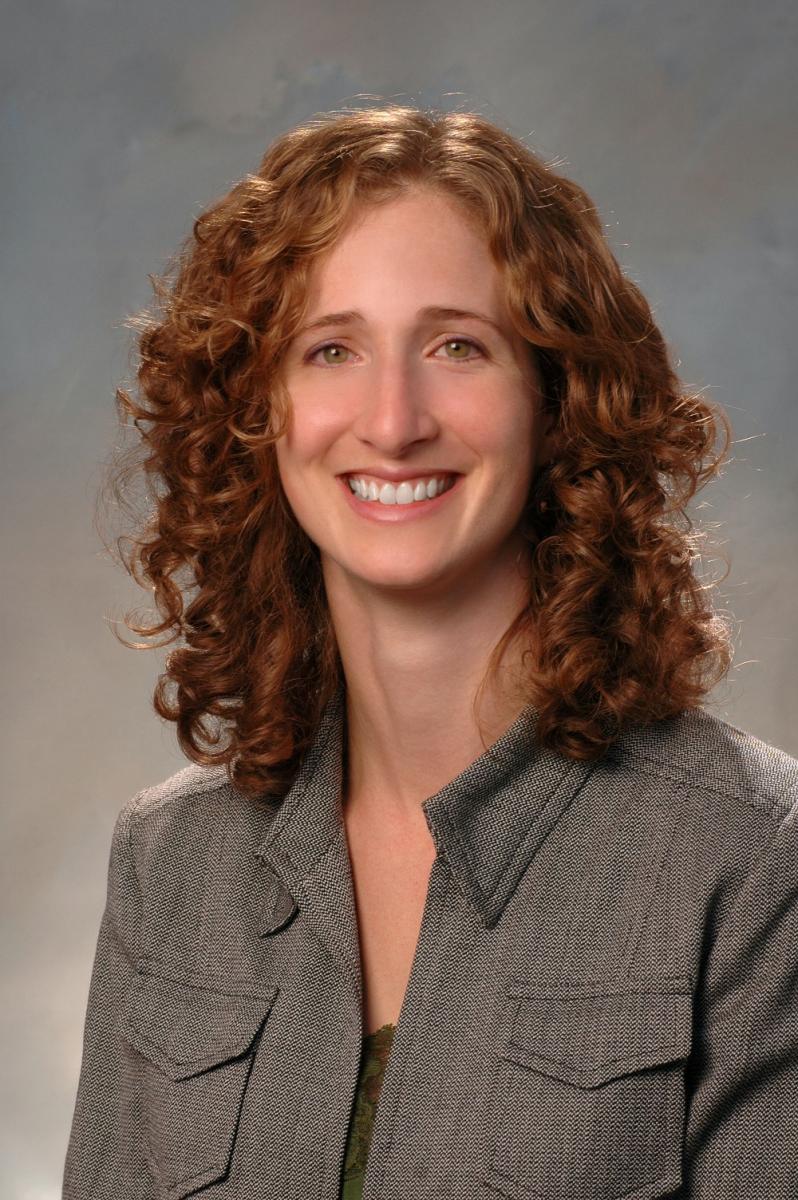
Alisa Morss Clyne, PhD, ‘06, Associate Professor of Mechanical Engineering, Drexel University
Fearless Flyer
Before enrolling in HST’s Medical Engineering and Medical Physics (MEMP) program, Alisa Morss Clyne was working as a mechanical engineer at General Electric and pursuing a Master’s Degree. In the midst of classes and writing her thesis — on the subject of aircraft engine maintenance — she attended a lecture about the biomechanics of the heart.
“It was fascinating,” she says. “I decided that I wanted to apply my work to helping people.”
She immediately started looking for joint programs in engineering and medicine. There was one small obstacle, however. Clyne hadn’t taken a biology class since high school. But she was undeterred, and also determined to leverage her strength in mechanical engineering to make up for the gap. “In reality, the concepts and process of studying aircraft engines and the heart or blood vessels are not that different,” she says in hindsight. Clyne is now an associate professor of mechanical engineering at Drexel University, specializing in how fluid flow and biochemical factors affect blood vessels and cardiovascular health.
At HST, she joined the lab of Elazer Edelman, MD, PhD, who viewed her years of work experience as an advantage despite her lack of training in biology. Initially Clyne wanted to study something safe and familiar, such as blood flow, but she ended up on the opposite end of the spectrum, focusing on blood vessel biochemistry. She explored the effect diabetes has on endothelial cells, the cells that line the blood vessels. High glucose levels alter these cells, causing them to produce higher levels of certain growth factor and allowing more of that factor to be stored in blood vessel walls. This protein storage can perpetuate diabetes, contributing to a phenomenon called glucose memory.
When Clyne started her own lab — in a mechanical engineering department since she still identifies strongly as a mechanical engineer — she wanted to bring mechanics back into the picture. She took the model system she’d been working on to explore the biochemistry of diabetes in the vasculature and added flow as a variable. “That’s what my lab is based around,” she says. “How do the mechanics and biochemistry interact?”
Her first projects explored how cells respond to flow changes under high glucose conditions in a relatively simplistic model. Now she’s building a more realistic, physiologic model.
For instance, Clyne is studying a phenomenon seen in some clinical trials. A heavy meal — a fast-food hamburger, fries and a shake is the usual experimental fare — causes blood vessels to become dysfunctional, but moderate post-meal exercise reverses it. Clyne is using her model to look at how biological signaling pathways in endothelial cells are changed by high fat and high glucose, and how changes in blood flow, brought on by exercise, mediates the dysfunction.
As her research advances, Clyne is also working towards developing interventions that could have a direct effect on the health of people in her community. “Cardiovascular disease is a huge problem in inner cities where people don’t have access to healthy food or safe exercise,” she says. “Being in the heart of Philadelphia, we see this all the time.”
Along these lines, she has engaged mechanical engineering undergraduates in a design challenge to create low-tech devices that ease the detection of worsening heart failure. The idea is to build a simple device that doesn’t require a change in routine or use of a new tool. “We want to take advantage of new technologies, but make devices that aren’t out of people’s comfort zones,” says Clyne.
Clyne, tapping into the strength of her university, expects ideas to come from a range of areas, including smart textiles and smart clothing. It is a small project now, but she’d like to see it expand because it is in keeping with her desire to help people, her original motivation for leaving the aircraft engine maintenance field and joining MEMP. “HST gave me a real connection with physicians,” she says. “It did everything it was supposed to, especially for someone like me.”